15 Legendary Films That Made Fortune on Almost No Budget at All
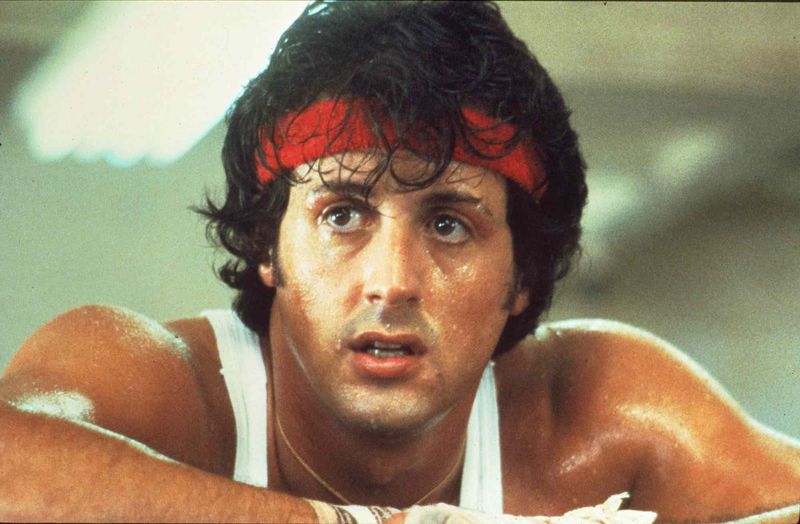
Hollywood blockbusters often cost hundreds of millions to make, but some of the most profitable movies started with pocket change. These scrappy productions proved that creativity trumps cash when filmmakers combine passion with ingenuity. From horror classics to indie darlings, these films turned financial limitations into creative freedom, launching careers and creating cultural phenomena that continue to influence cinema today.
1. The Blair Witch Project (1999)

Shot with handheld cameras in the Maryland woods, this horror phenomenon convinced many viewers it contained actual footage of missing student filmmakers. The actors improvised most scenes based on notes left by the directors each morning.
Marketing genius turned the $60,000 production into a $250 million box office sensation. The film’s website presented the fictional witch legend as fact, while missing person flyers for the actors circulated at film festivals.
With an astonishing 4,000× return on investment, Blair Witch remains one of the most profitable films ever made relative to budget.
2. Paranormal Activity (2009)
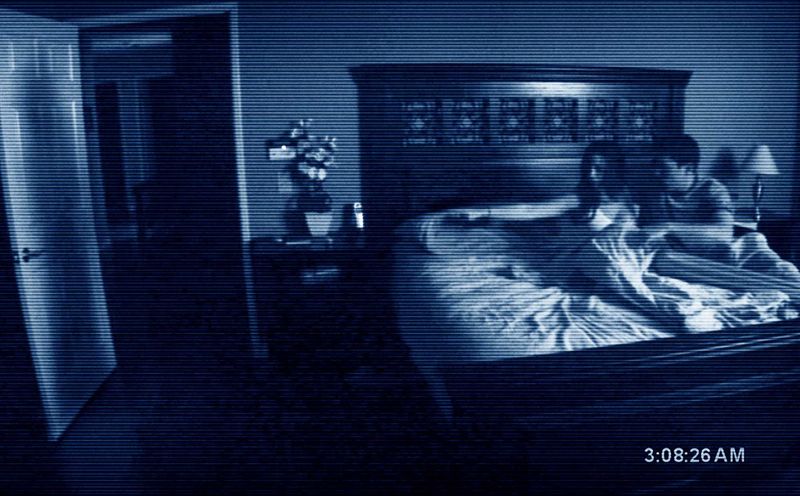
With just $15,000 and a bit of DIY horror magic, Oren Peli turned his home into a haunted house set. The actors didn’t just perform there—they lived there, adding realism to every unnerving moment.
Paramount acquired the film after Steven Spielberg reportedly took the DVD home and found his bedroom door mysteriously locked from the inside afterward. Test screenings terrified audiences so thoroughly that emergency services were occasionally called.
The minimalist approach paid off spectacularly, with the film earning $194 million worldwide—a return exceeding 1,000 times its microscopic budget.
3. Mad Max (1979)
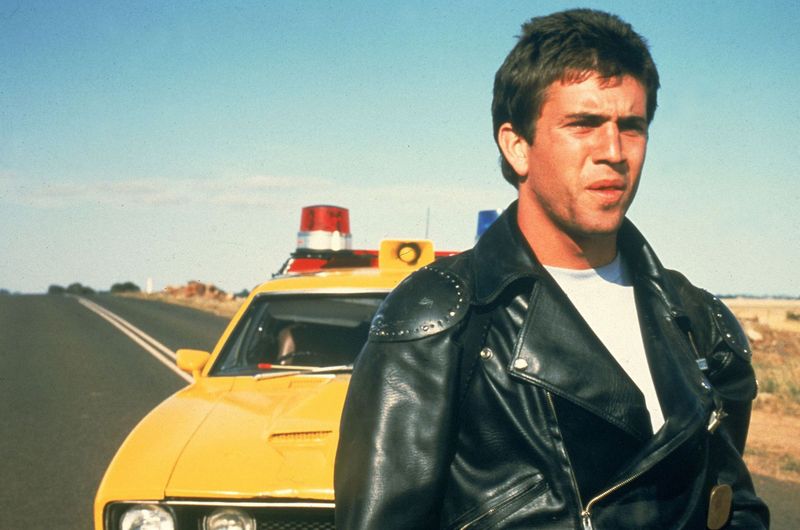
George Miller, a medical doctor moonlighting as a filmmaker, stretched his $200,000 budget by recruiting real motorcycle gang members as extras. The production team couldn’t afford to close roads, so many dangerous driving scenes were filmed on active highways.
Mel Gibson earned just $15,000 for his breakout role. The iconic black Interceptor police car was actually Miller’s personal vehicle before being modified for filming.
Despite its humble beginnings, this dystopian road saga roared to over $100 million worldwide, launching both Gibson’s career and a franchise that continues today.
4. Halloween (1978)
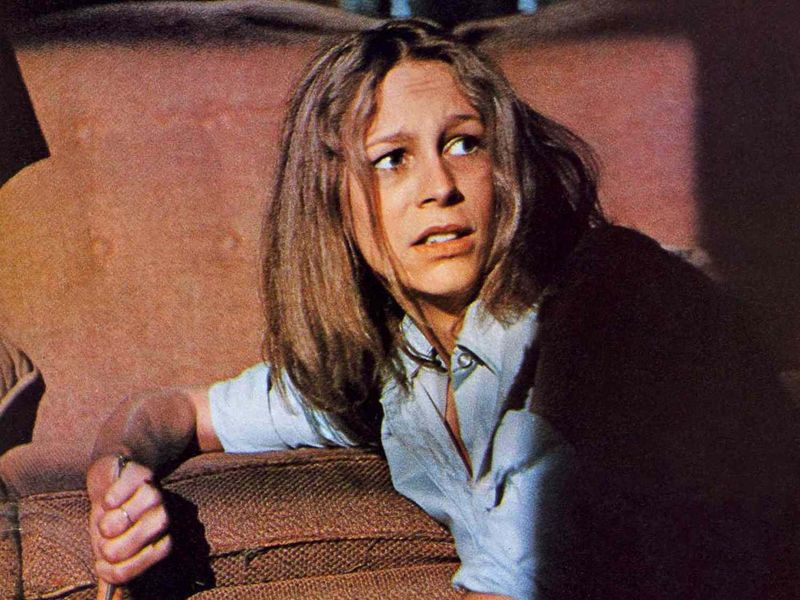
In true DIY fashion, John Carpenter directed and scored the film himself—crafting its eerie soundtrack in only three days. The now-famous killer’s mask? Just a cheap Captain Kirk mask, spray-painted white with reshaped eye holes.
Jamie Lee Curtis earned just $8,000 for her role as Laurie Strode. Most of the autumn leaves seen in the film were painted paper, as the movie was actually shot in spring in California.
Made for approximately $325,000, Halloween carved up box office returns exceeding $80 million, spawning a franchise that has terrorized audiences for decades.
5. Napoleon Dynamite (2004)
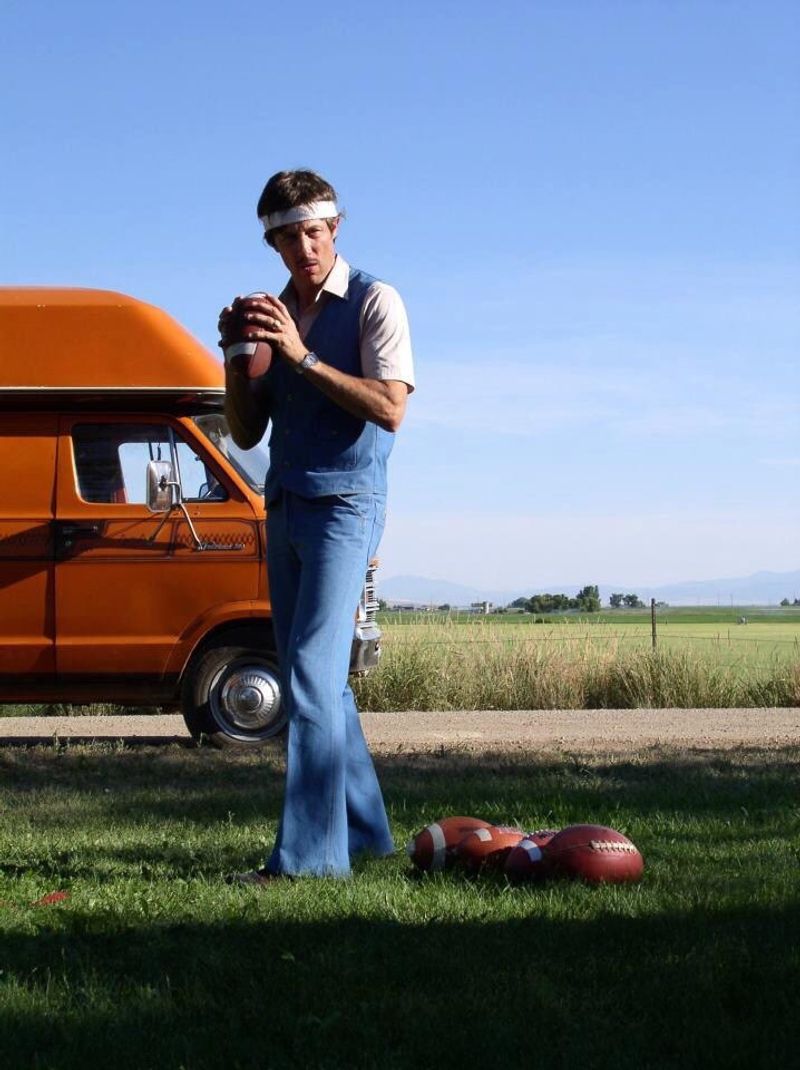
Shot in director Jared Hess’s hometown in Idaho, this quirky comedy used locals as extras and featured thrift store costumes to maintain its $400,000 budget. Jon Heder initially earned just $1,000 to play the title character but negotiated for more after the film’s unexpected success.
The famous dance sequence wasn’t in the original script—Heder improvised most of it on the spot. Many of the eccentric characters were based on real people from Hess’s high school years.
The film’s deadpan humor connected with audiences, earning $46.1 million and transforming “Vote for Pedro” into a cultural catchphrase.
6. The Texas Chain Saw Massacre (1974)
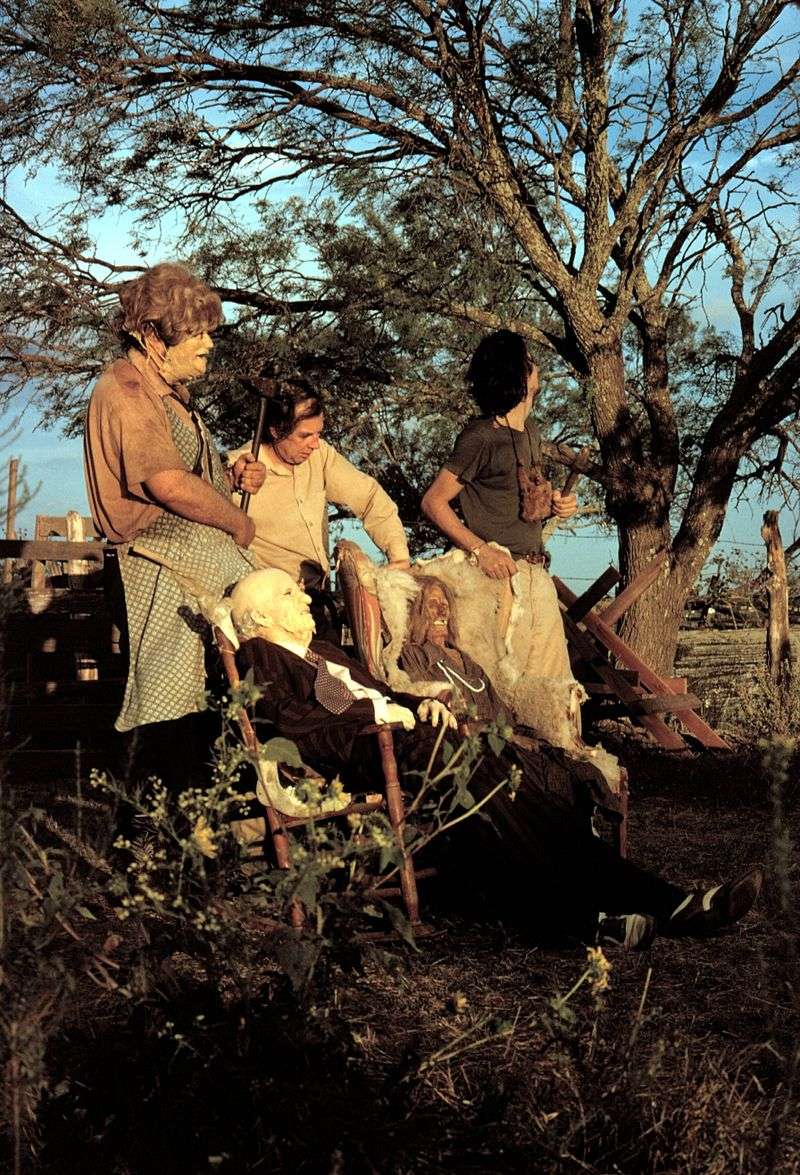
Director Tobe Hooper pushed his cast to their limits during the grueling 16-hour shoots in the scorching Texas summer heat. The infamous dinner scene took 26 straight hours to film, with temperatures reaching 110°F inside the house.
The film’s gritty, documentary-like quality wasn’t just an artistic choice—it was a necessity born from the tiny budget. Actors wore the same clothes throughout filming, which became increasingly filthy and rank as production continued.
Made for under $250,000, this horror landmark hacked its way to $14 million domestically, forever changing the genre with its raw intensity.
7. Friday the 13th (1980)
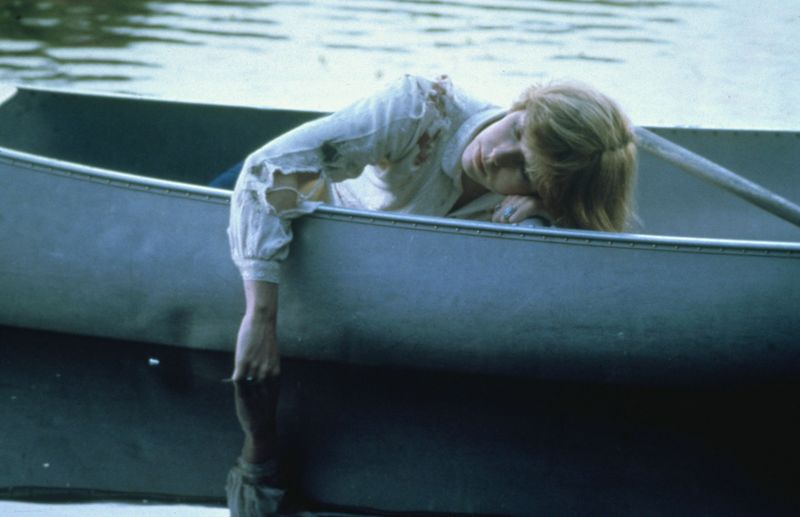
Created primarily to capitalize on Halloween’s success, this horror staple turned its modest $550,000 budget into nearly $60 million in ticket sales. The film’s infamous “ki-ki-ki, ma-ma-ma” sound effect was actually composer Harry Manfredini saying “kill, kill, kill, mom, mom, mom” through a special filter.
Most people don’t realize that Jason Voorhees isn’t the killer in the original film—his mother is. The iconic hockey mask wouldn’t appear until the third installment.
Filmed in just 28 days at a real Boy Scout camp in New Jersey, Friday the 13th spawned one of horror’s most recognizable franchises.
8. Super Size Me (2004)
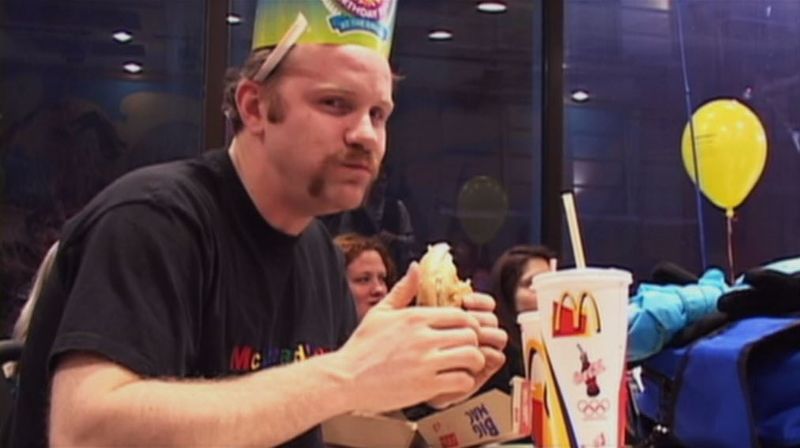
Morgan Spurlock’s experiment-turned-documentary saw him gain 24 pounds and experience depression, lethargy, and liver damage during his 30-day McDonald’s diet. Doctors monitoring his health repeatedly urged him to stop the experiment as his health rapidly deteriorated.
The film’s crew consisted of just Spurlock and two cameramen, with much of the footage shot guerrilla-style in actual restaurants. McDonald’s initially dismissed the film but eventually eliminated their super-size option shortly after its release.
Produced for just $125,000, the documentary served up $30 million in revenue and sparked nationwide conversations about fast food’s health impacts.
9. American Graffiti (1973)
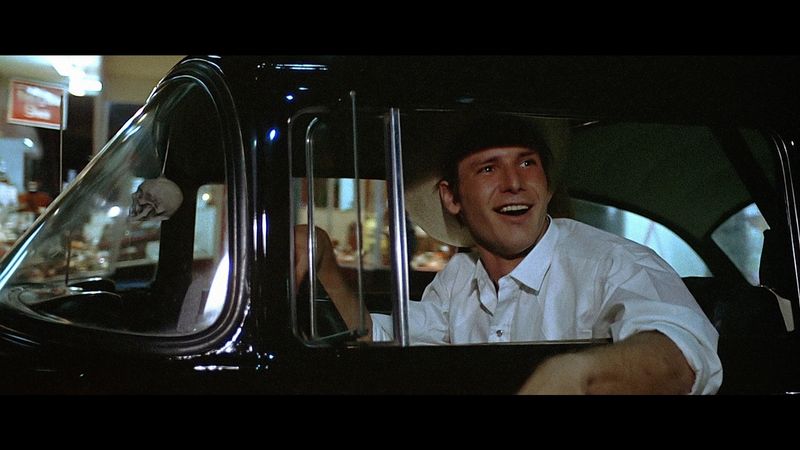
Before Star Wars, George Lucas created this love letter to 1960s car culture with just $770,000, shooting guerrilla-style on actual streets in northern California. Universal Studios executives hated early cuts of the film, threatening to release it directly to television.
The now-iconic cast included unknowns like Harrison Ford, Richard Dreyfuss, and Ron Howard. The film’s innovative wall-to-wall soundtrack of 41 classic rock songs cost $80,000—more than 10% of the total budget.
Lucas’ persistence paid off when the film cruised to $140 million at the box office, earning five Oscar nominations and funding his next project: Star Wars.
10. Night of the Living Dead (1968)
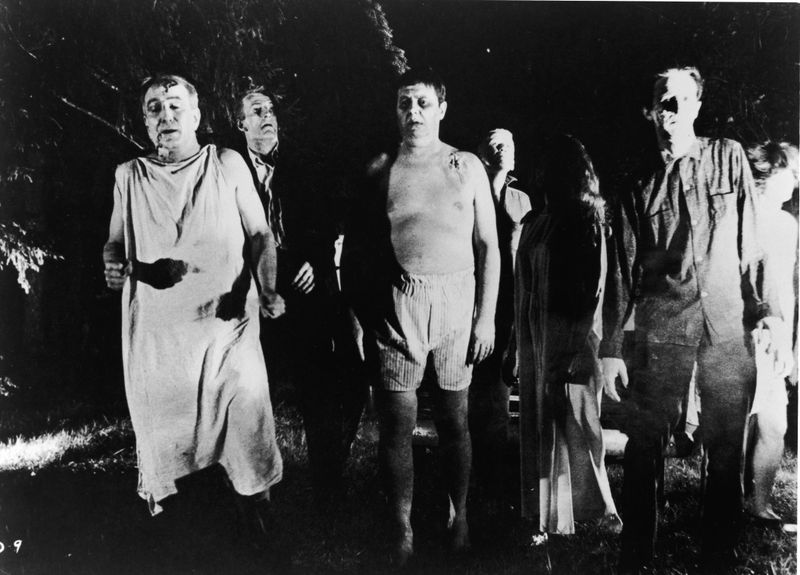
George Romero and his friends pooled $114,000 to create this groundbreaking horror film that invented the modern zombie genre. The flesh-eating ghouls were actually local Pittsburgh actors covered in chocolate syrup (which appeared as blood in black-and-white) and makeup made from mortician’s wax.
The filmmakers used real animal intestines from a local butcher for the gruesome eating scenes. A copyright error accidentally placed the film in the public domain, costing Romero millions in potential royalties.
Despite this mistake, the film grossed $30 million and established zombies as cinema’s most enduring monsters.
11. Once (2007)
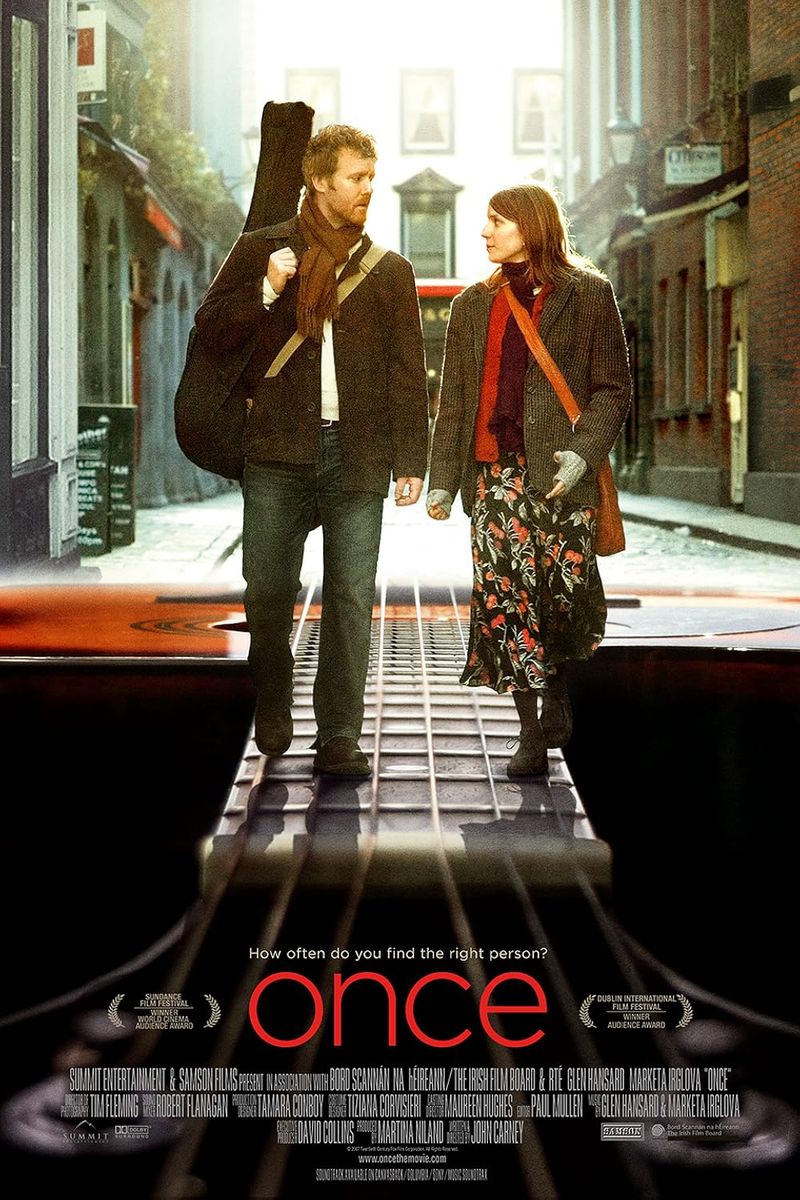
Filmed in just 17 days on the streets of Dublin, this Irish musical romance used a consumer-grade camera that cost less than $5,000. The lead actors, Glen Hansard and Markéta Irglová, were real-life musicians, not actors, who composed and performed all the music themselves.
Director John Carney often had to distract pedestrians or hide the camera to avoid paying for permits. The film’s signature song, “Falling Slowly,” won an Academy Award despite the entire production costing just $150,000.
This humble love story resonated with audiences worldwide, earning $23.3 million—a 155× return on investment.
12. Rocky (1976)
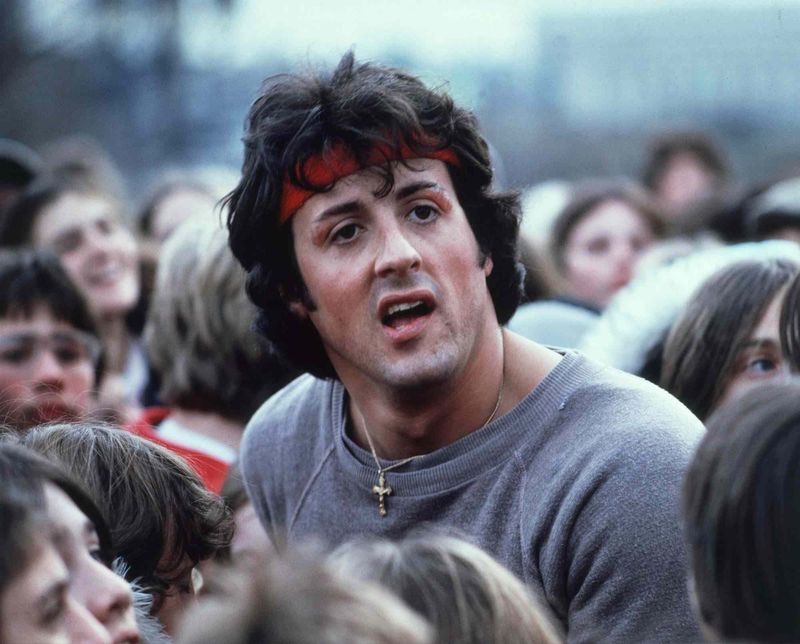
After watching the Ali-Wepner match, Sylvester Stallone wrote the script for Rocky in a burst of inspiration over three days. Despite being flat broke—with only $106—he turned down offers as high as $350,000, holding out to play the lead himself.
The production couldn’t afford extras for the training montage, so many scenes show the real streets of Philadelphia with actual pedestrians. Even the iconic museum steps running scene was filmed guerrilla-style without permits.
This $1 million gamble knocked out $225 million at the box office and won three Academy Awards.
13. El Mariachi (1992)
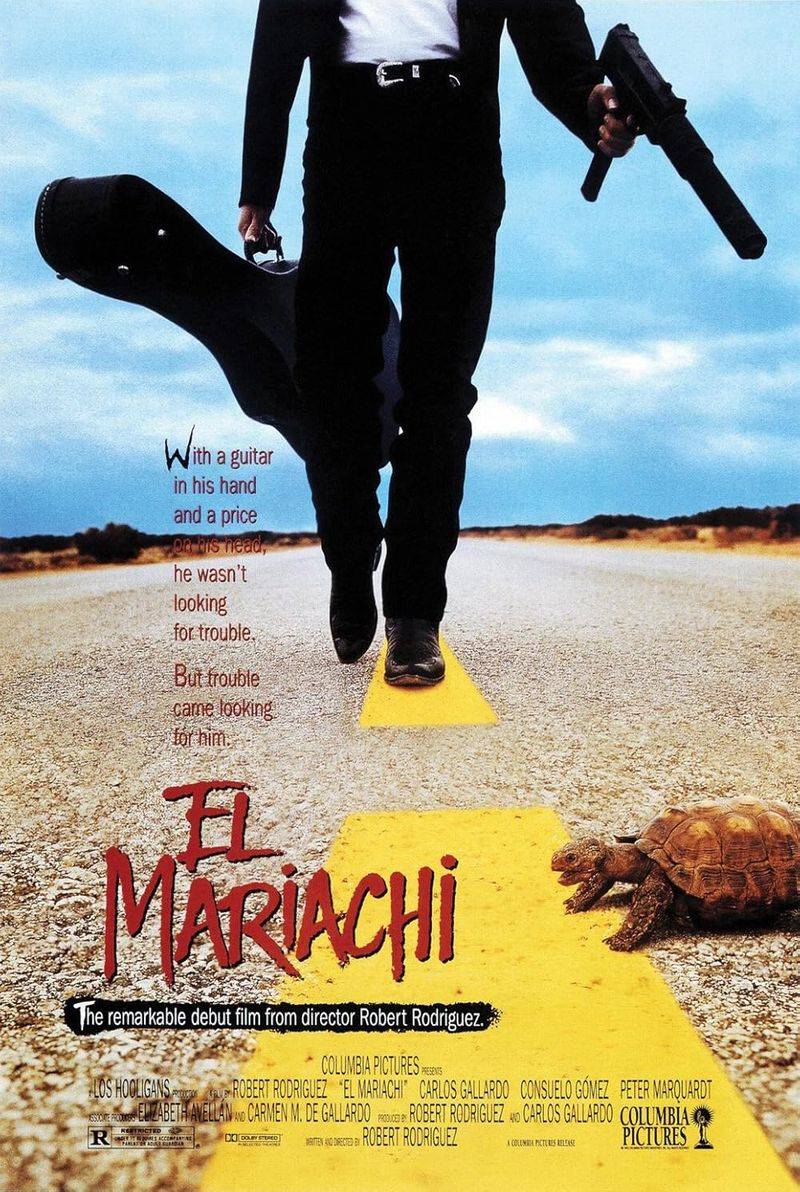
To fund his first film, Robert Rodriguez volunteered for medical experiments—literally putting his body on the line. He shot the entire movie solo, taking on every role: director, cameraman, sound guy, and editor.
To save money, most scenes were shot in a single take. The guitar case full of weapons was a last-minute substitution when Rodriguez couldn’t afford the motorcycle originally planned for the script.
Rodriguez documented his guerrilla filmmaking methods in his book “Rebel Without a Crew,” inspiring countless filmmakers. The $7,000 Spanish-language action film was purchased by Columbia Pictures and earned $2 million, launching Rodriguez’s Hollywood career.
14. One Cut of the Dead (2017)
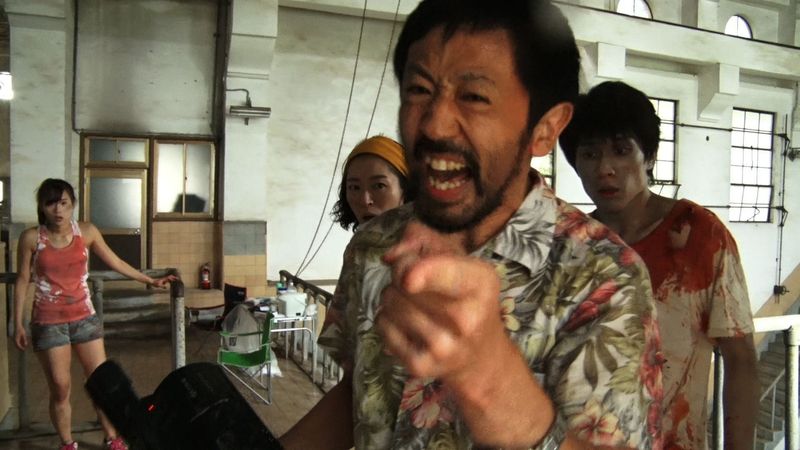
This Japanese horror-comedy opens with an unbroken 37-minute take—the result of six months of rehearsals but just two days of actual shooting. Director Shinichiro Ueda and his team of unknown actors made the film for approximately $30,000, with many crew members working for free.
Initially released in just one Tokyo theater, the film’s fortune changed when enthusiastic viewers spread word of its ingenious premise. The marketing budget was so small that success came entirely through word-of-mouth.
Against all odds, this micro-budget zombie film earned over $30 million, representing a 1,000× return on investment.
15. Easy Rider (1969)
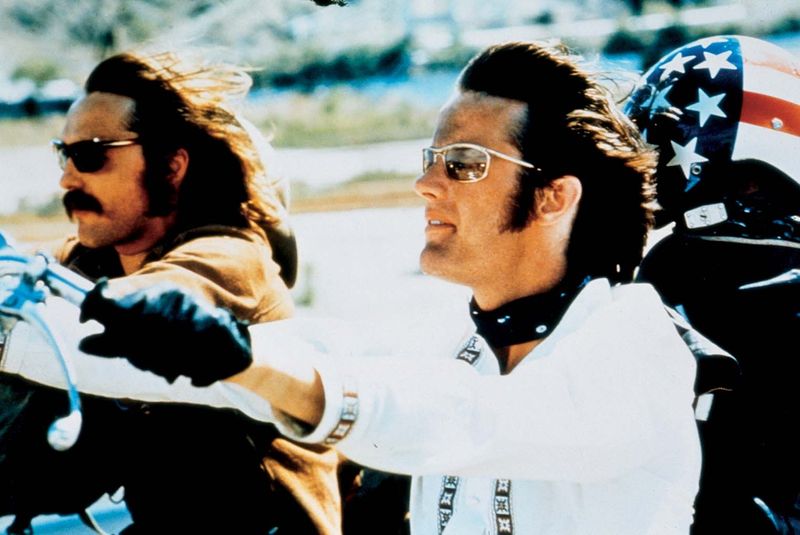
Dennis Hopper’s counterculture classic, “Easy Rider,” cost about $400,000 to make and roared across the box office with a $60 million haul.
This translates to a staggering 150× return on investment, cementing it as both a cultural milestone and one of the most profitable films of its era. The film captured the spirit of the 1960s, resonating deeply with audiences seeking authenticity and rebellion.
Its portrayal of freedom and the American dream struck a chord that still echoes today. With its groundbreaking soundtrack and raw storytelling, “Easy Rider” became a symbol of a generation.

Comments
Loading…